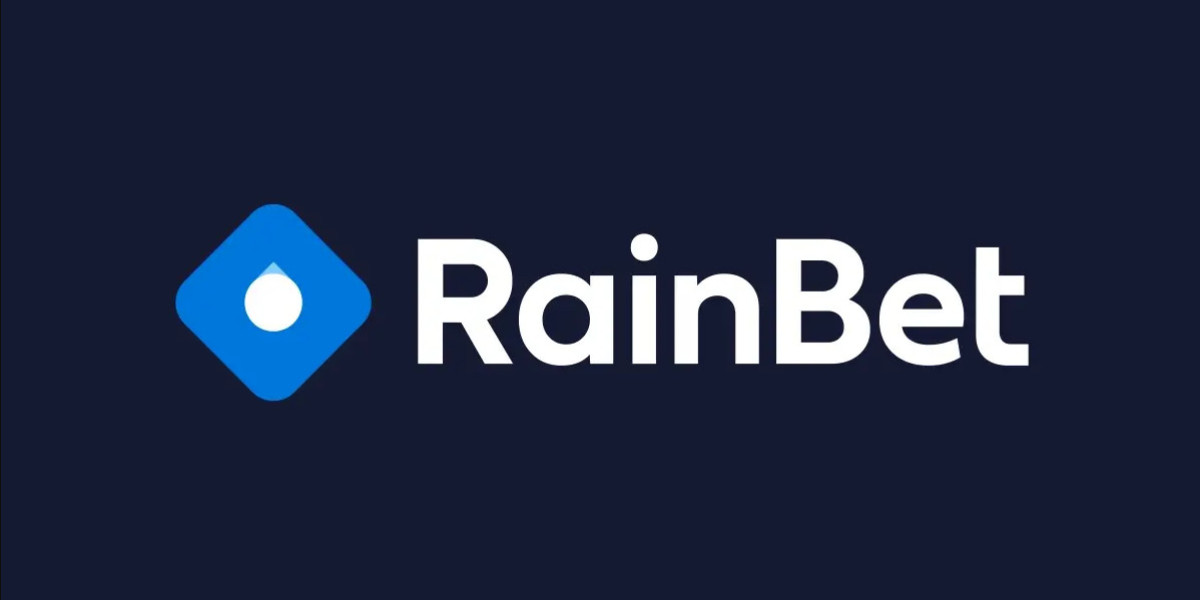Market Overview
The maintenance, repair, and operations (MRO) market size was valued at USD 747.61 billion in 2024. It is projected to grow at a compound annual growth rate (CAGR) of 2.40% from 2025 to 2034, reaching approximately USD 947.71 billion by 2034. The rising need for preventive maintenance across various industries, coupled with technological advancements in industrial operations, is driving market expansion. Increased investments in manufacturing and infrastructure development are expected to sustain this growth trajectory over the forecast period. The growing adoption of automation, digital tools, and AI-driven predictive maintenance further supports the upward trend in the MRO sector.
Market Trends
The MRO industry is witnessing significant transformations driven by technological advancements and evolving industrial requirements. The integration of IoT and AI in predictive maintenance is improving operational efficiency and reducing downtime across industries. Companies are increasingly adopting digital MRO solutions, including cloud-based asset management and real-time monitoring, to enhance productivity. Additionally, sustainability initiatives are gaining traction, leading to the increased use of eco-friendly lubricants and energy-efficient maintenance solutions. The shift towards e-commerce and digital procurement platforms is streamlining supply chain operations, enabling faster and more cost-effective MRO solutions. Industry players are also focusing on strengthening their aftermarket service offerings to maintain a competitive edge.
Market Growth
The MRO market is poised for steady growth from 2025 to 2034, fueled by rapid industrialization and expanding manufacturing activities across various regions. The increasing demand for efficient equipment maintenance, coupled with stringent regulatory compliance requirements, is driving market expansion. The aerospace, automotive, and energy sectors are among the key contributors to this growth, as they require consistent MRO services to ensure operational continuity. Moreover, advancements in robotics and automation are fostering the demand for specialized MRO solutions. The rise of e-commerce has also bolstered the distribution of MRO supplies, enabling businesses to streamline procurement and reduce lead times. The ongoing digital transformation of maintenance processes will continue to support market growth over the forecast period.
Market Segmentation
By MRO Type
- Industrial MRO: Focuses on maintaining machinery and equipment in manufacturing plants, refineries, and other industrial facilities to ensure seamless operations and reduce downtime.
- Electrical MRO: Encompasses maintenance and repair services for electrical systems, including wiring, power distribution, and control systems, ensuring compliance with safety standards.
- Facility MRO: Includes the upkeep of buildings, HVAC systems, plumbing, and other infrastructure components to maintain a safe and operational work environment.
- Others: Covers specialized MRO services such as aerospace maintenance, marine repair, and laboratory equipment maintenance.
By Provider
- OEM (Original Equipment Manufacturer): Manufacturers supplying genuine parts and services directly to end-users, ensuring compatibility and quality assurance.
- Aftermarket Providers: Third-party suppliers offering cost-effective maintenance solutions, spare parts, and repair services, catering to various industries.
By Region
- North America: Strong presence of key market players and significant investments in industrial automation drive MRO market growth in the region.
- Europe: High adoption of advanced MRO solutions and a well-established manufacturing sector contribute to steady growth.
- Asia-Pacific: Rapid industrialization, increasing infrastructure projects, and expanding manufacturing sectors in China, India, and Japan boost market demand.
- Latin America: Rising adoption of maintenance solutions in mining, oil & gas, and automotive industries support market expansion.
- Middle East & Africa: Growing investments in energy and infrastructure projects fuel demand for MRO services in the region.
Market Dynamics
SWOT Analysis
- Strengths: Rising industrialization, increasing focus on preventive maintenance, and advancements in digital MRO solutions.
- Weaknesses: High maintenance costs, supply chain disruptions, and dependency on skilled labor.
- Opportunities: Growth in emerging economies, adoption of smart maintenance solutions, and increasing demand for sustainable MRO practices.
- Threats: Economic uncertainties, fluctuating raw material prices, and regulatory challenges.
Porter’s Five Forces Analysis
- Threat of New Entrants: High barriers to entry due to the need for specialized knowledge, capital investment, and regulatory compliance.
- Bargaining Power of Suppliers: Strong influence of key suppliers in raw materials and components, impacting pricing and availability.
- Bargaining Power of Buyers: Increased price sensitivity and demand for cost-effective solutions drive competition among providers.
- Threat of Substitutes: Alternative maintenance technologies and outsourcing models may pose a challenge to traditional MRO providers.
- Industry Rivalry: Intense competition among established players leads to constant innovation and service enhancements.
Key Indicators for Demand
- Industrial Automation: Increased adoption of robotics and smart manufacturing processes necessitates continuous maintenance.
- Manufacturing Growth: Expanding industrial sectors drive demand for reliable MRO solutions.
- Regulatory Compliance: Stricter safety and environmental regulations push companies to invest in MRO services.
- Aerospace and Automotive Sectors: Frequent maintenance needs in these industries contribute to sustained demand.
Key Indicators for Price
- Raw Material Costs: Fluctuations in the prices of metals, lubricants, and other materials impact overall maintenance expenses.
- Labor Costs: Skilled workforce shortages and rising wages affect MRO service pricing.
- Technological Advancements: Adoption of automated maintenance tools and AI-driven solutions can influence service costs.
Competitive Landscape
The MRO market is highly competitive, with key players focusing on strategic partnerships, mergers, acquisitions, and digital transformation to enhance their market presence. Leading companies in the MRO sector include:
- Air Liquide S.A. (Airgas, Inc.)
- Applied Industrial Technologies Inc.
- W.W. Grainger, Inc.
- Adolf Würth GmbH & Co. KG
- Rubix Group International Limited
- ERIKS N.V.
- Hayley Group Limited
- Genuine Parts Company
- RS Group plc
- Ferguson Enterprises, LLC
- Others
These companies are investing in digitalization, expanding their service portfolios, and strengthening their supply chain networks to meet evolving industry demands. The MRO sector is expected to see increased competition as businesses shift toward predictive maintenance and data-driven decision-making to optimize operations.








